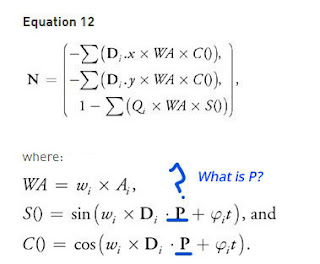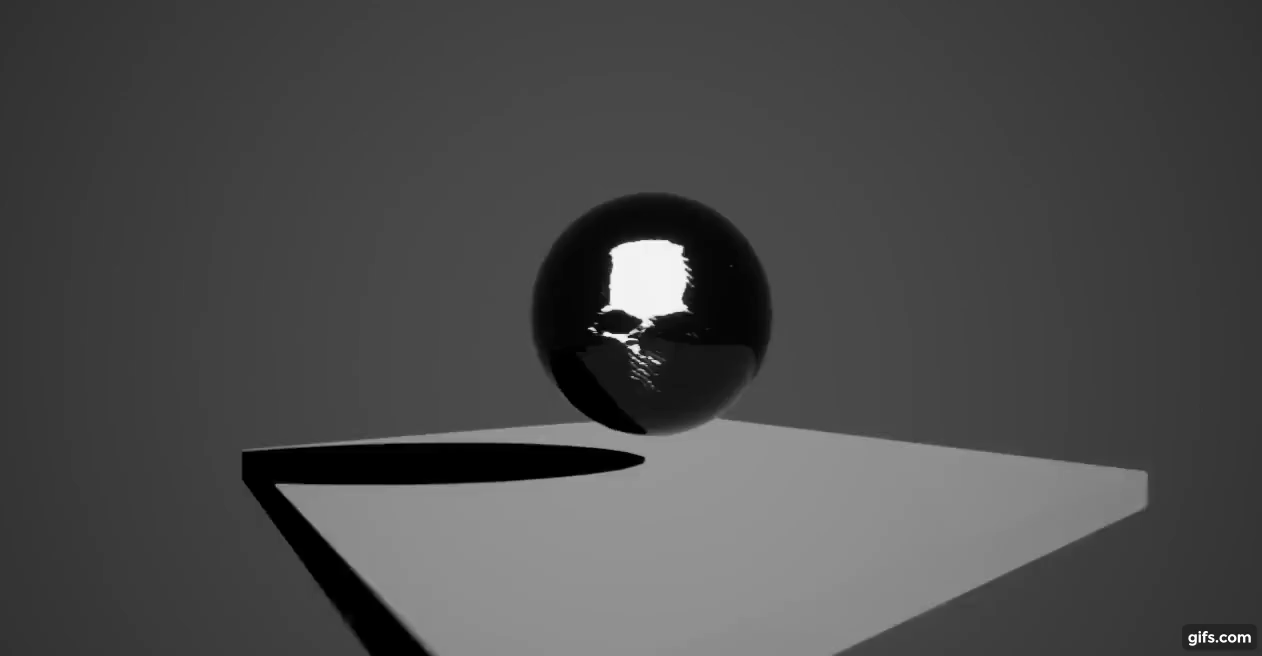Gerstner Wave Normal map

Its been a busy 3 weeks, I needed to prepare for the poster presentation and had great work experience opportunity. I was still able to squeeze in a bit of time to continue the work on the water. I've been looking into making the Tangent Space Normal Map that the Gerstner Wave tutorial didn't cover. There seems to be a Gap in this area that hasn't been fully been realised and I thought I'd try finding out. Equation 12 for Tangent space Normal map for Gerstner Wave. Nvidia GPU Gems book does not define what P is. I've been looking at the Nvidia GPU Gems book that the Gerstner Wave Video was following: https://developer.nvidia.com/gpugems/GPUGems/gpugems_ch01.html . The video really explained what the confusing equations are doing and it made things easier for me to understand. I was able to go through equation 12 of the book without much problem. There was one issue with the equation. When making S() and C(), I don't understand what P is. Normally ther
